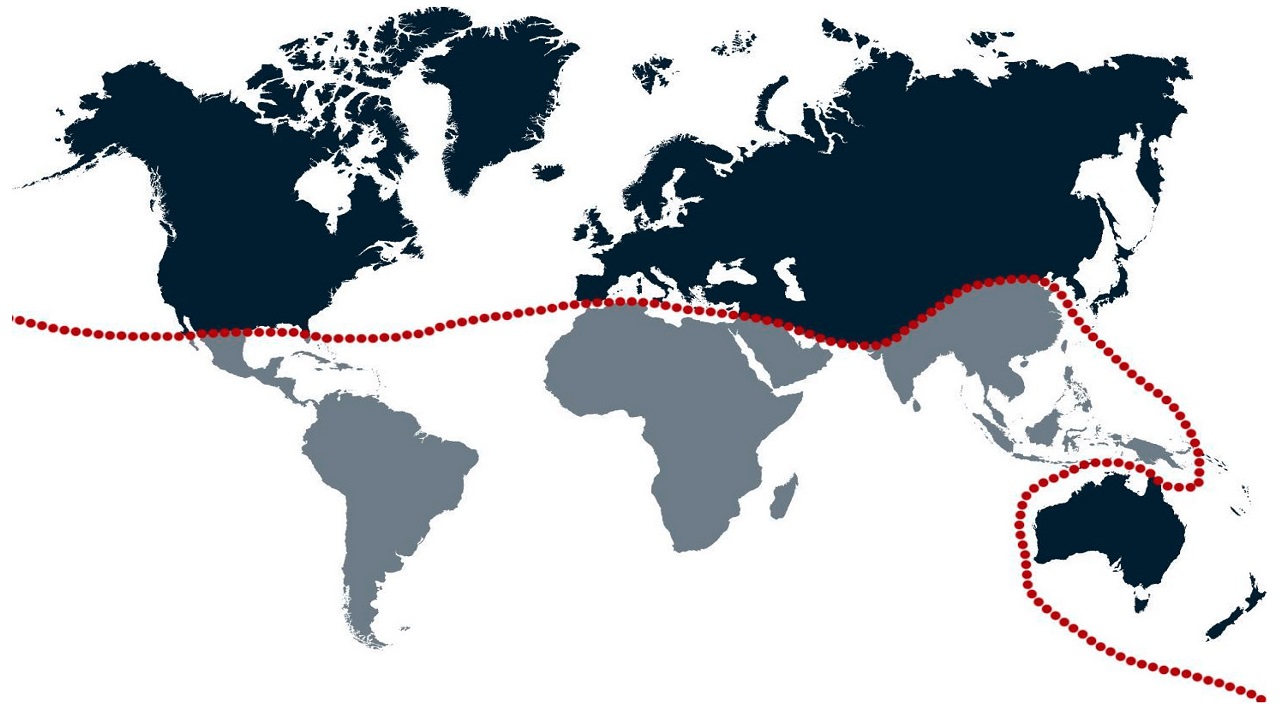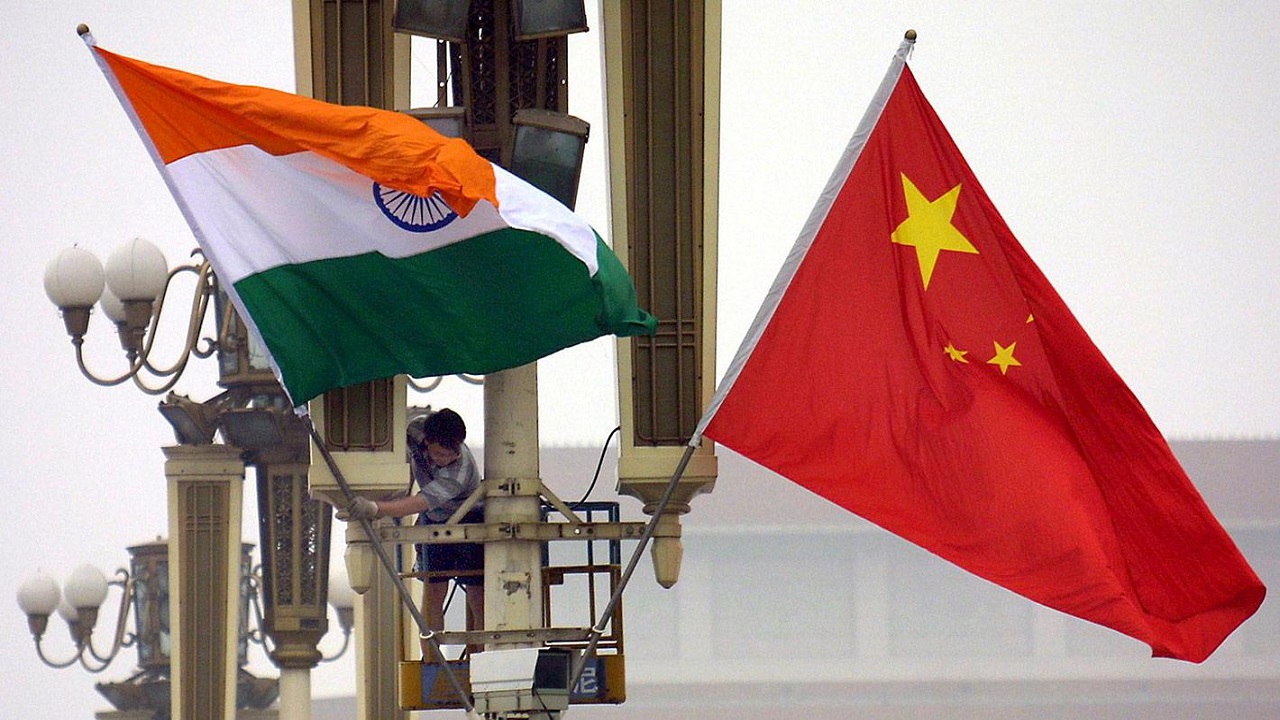India’s Role in Leading the Global South: Aspirations, Challenges, and the Way Forward
Context
India has always played an important role in supporting developing nations, also known as the Global South. In the past, it was a key part of the Non-Aligned Movement (NAM), which aimed to keep newly independent countries free from the influence of Cold War superpowers.
However, today, India’s approach has changed. It now seeks to:
- Expand its global influence by actively engaging with both developed and developing countries.
- Promote fair global governance, where emerging economies have a stronger voice.
- Balance its relationships with traditional Western partners like the United States and Europe while strengthening its ties with the Global South.
This renewed commitment was reflected in Prime Minister Narendra Modi’s speech at the 18th Pravasi Bharatiya Divas (January 2025) and the 3rd Voice of Global South Summit (August 2024). He emphasized that India is not only asserting its own interests but also amplifying the concerns of the developing world.
Why is India Re-engaging with the Global South?
1. A Shift from the Non-Aligned Movement (NAM)
India’s new approach is different from its earlier NAM strategy, which focused on:
- Decolonization and anti-Western sentiment.
- Staying neutral during Cold War conflicts.
Now, India is more pragmatic and strategic:
- It wants to actively shape global policies rather than simply avoid superpower politics.
- It maintains strong ties with Western countries while also engaging developing nations.
For example:
- Jake Sullivan, former U.S. National Security Adviser, visited India in January 2025, highlighting India's deepening ties with the U.S.
- Modi’s visit to Poland (August 2024) showcased India's efforts to build new alliances beyond traditional partners.
2. The China Factor – Is India Just Competing with China?
Many believe India’s increasing involvement in the Global South is an attempt to counter China’s growing global dominance.
Some key points to consider:
- Investment in Africa: India is investing heavily in African countries, many of which already have strong economic ties with China.
- Strategic Alliances: India is part of the Quad partnership (Japan, India, Australia, U.S.), which promotes a free and open Indo-Pacific, often seen as a way to limit China’s influence.
- Support from the West: Many developed nations are partnering with India to contain China’s expanding global footprint.
However, India is not simply reacting to China—it is also creating its own independent identity as a global power by offering an alternative to both the Western model and China’s debt-driven economic strategies.
3. The Need for an Alternative Global Leader
Many developing nations feel trapped between:
- The conditions imposed by Western-led financial institutions, which often come with restrictions.
- China’s economic influence, which has led to concerns over sovereignty and unsustainable debt.
India sees an opportunity to offer a more balanced and equitable approach—one that does not dominate but partners with nations as equals.
How Can India Become a Stronger Global Development Leader?
1. Moving from "India-First" to True Partnerships
India often talks about equal partnerships, but its policies sometimes appear too focused on Indian interests.
-
Example: Global Development Compact
- This initiative aims to support the Global South, but it is largely based on India’s experiences rather than learning from others.
-
A Better Approach
- Instead of just sharing its own solutions, India should also listen and learn from the experiences of other developing nations.
- Countries are more likely to work with a nation that treats them as partners rather than just recipients of help.
2. Prioritizing Human-Centered Development
India’s Mission LiFE (Lifestyle For Environment) encourages sustainable living, but a broader human-focused approach is needed to make a real impact.
-
Skill Development & Entrepreneurship
- Programs like Skill India and women-led entrepreneurship initiatives can help other developing nations grow their local industries.
-
Building Long-Term Institutional Capacity
- India’s Indian Technical and Economic Cooperation (ITEC) program offers short-term training, but developing nations need long-term solutions.
- Instead of just training individuals, India should help build institutions and systems in partner countries.
-
Technology and Innovation as Growth Areas
- India should focus on digital infrastructure, renewable energy, water security, and food security—all areas where developing nations need support.
3. Strengthening Global Governance and Institutions
India has pushed for a more inclusive global system, as seen in its efforts to include the African Union in the G-20 (2023). However, to make a real impact, it must:
-
Use Existing Global Institutions
- Work with the United Nations, Germany, and France, which have experience in development cooperation.
-
Develop Its Own Global Institutions
- Instead of depending on Western-led systems, India should create its own global initiatives to shape development policies.
-
Form New Partnerships
- India should work with both emerging economies and developed nations to learn and improve its global leadership skills.
Conclusion
India wants to be the "Voice of the Global South," but to truly lead, it must also listen and engage in meaningful partnerships.
- In the past, NAM gave developing nations an alternative to Cold War alliances.
- Today, India has a chance to redefine global cooperation by offering a fair, sustainable, and inclusive development model.
- To achieve this, India must:
- Shift from an India-first approach to true partnerships.
- Go beyond symbolic speeches and deliver real development results.
- Build strong institutions and long-term global engagement strategies.
By taking a strategic yet collaborative approach, India can not only grow as a global power but also become a trusted development leader in the evolving world order.




Comments (0)